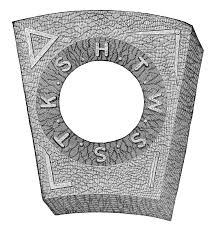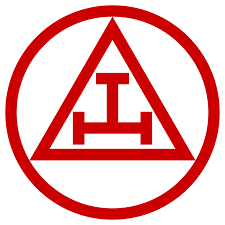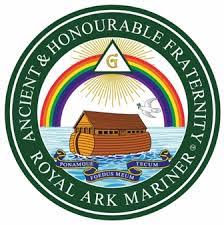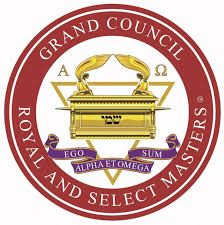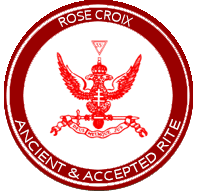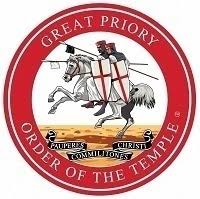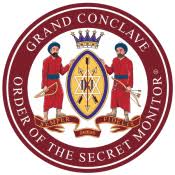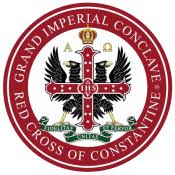Order of the Secret Monitor
also known as The Brotherhood of David and Jonathan\
The Order of the Secret Monitor, which developed from a still more ancient Degree, is the Brotherhood of David and Jonathan and is in its way older than Freemasonry itself. Its principles and its watchwords being founded upon those grand examples set by two worthy Hebrew Princes around 1000 BC as recorded in the Jewish history of the Bible.
History tells us that the “Order of David & Jonathan” was taken to the New World in or about 1658 by Dutch settlers. The inauguration meeting of Grand Conclave, under the banner of Alfred Meadows Conclave No. 1 was held at the Hotel Victoria, London, SW on 15 July 1887.
This is a Society framed upon the principles of self sacrifice; of mutual trust, watchful Brotherly care; of warning in time of danger; solace in time of sorrow; and skillful and effective friendly advice in every circumstance of life: A Society that meets a great and crying need in human affairs and is calculated to benefit those who act up to its tenets.
There are three Degrees in the Order; Induction ceremony, Princes or admission Degree and the Third Degree which is when a Brother is Installed as a Supreme Ruler of his Conclave. At this point he is also commissioned as a Supreme Ruler within the Order. This entitles him to conduct ceremonies in any Conclave.
This is one of the fastest growing Masonic Orders in the United Kingdom. The ceremonies typically surround the story of the remarkable Friendship which existed between David and Jonathan. (I Samuel XX). There are three distinct degrees to the Order of the Secret Monitor:
1° – Secret Monitor. The story unfolds recalling the Friendship that developed between David and Jonathan and the wonderful lessons to be learned in friendship, support and fidelity.
2° – Prince. Admission into an Assembly of Princes is also derived from the Book of Samuel and recalls how Saul sought to destroy David and relates the interesting legend of the methods contrived to foil the pursuits of the jealous King.
3° – Supreme Ruler. This last degree concerns the Installation to the headship of a Conclave and surrounds David’s Kingship. Within the ritual of this degree there is a ceremony of Commissioning, which permits rank and status throughout the Order as a whole and furthermore, a certificate is issued to confirm the Officer is commissioned, both of which are quite unique in Freemasonry.
The qualifications required to be proposed into a Conclave of the Order are that of being a Master Mason.
